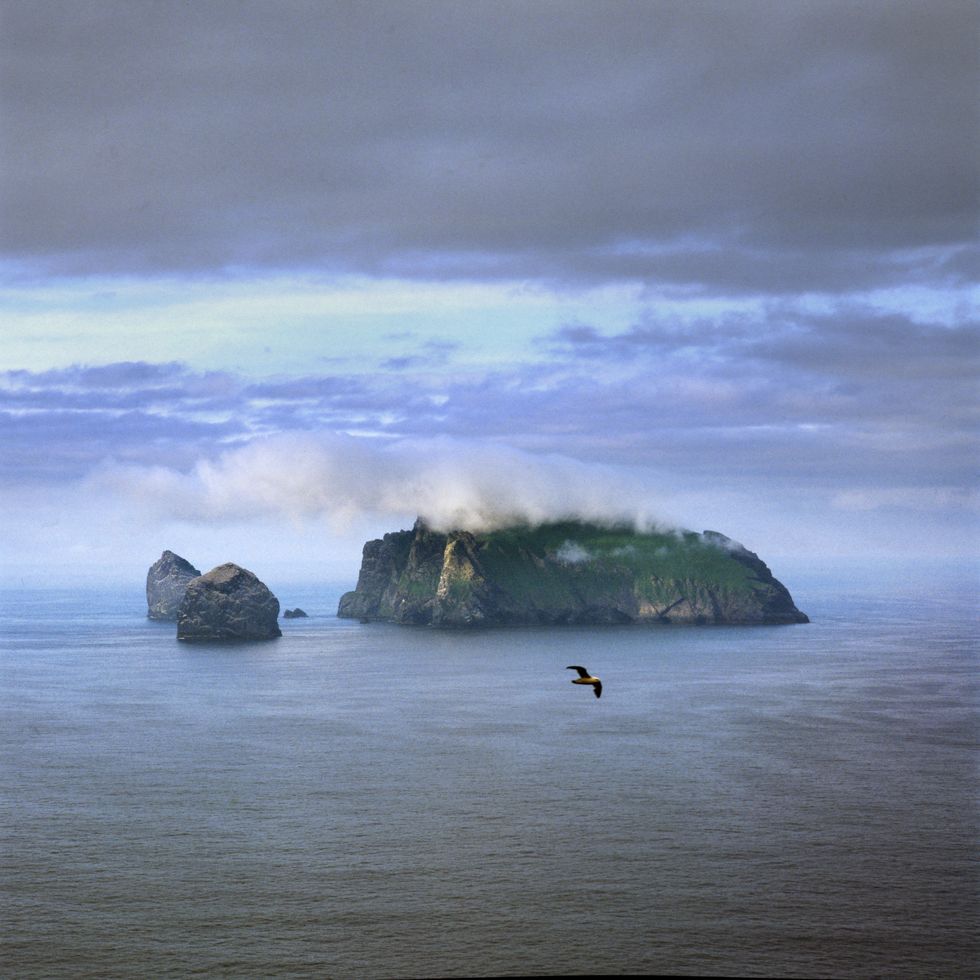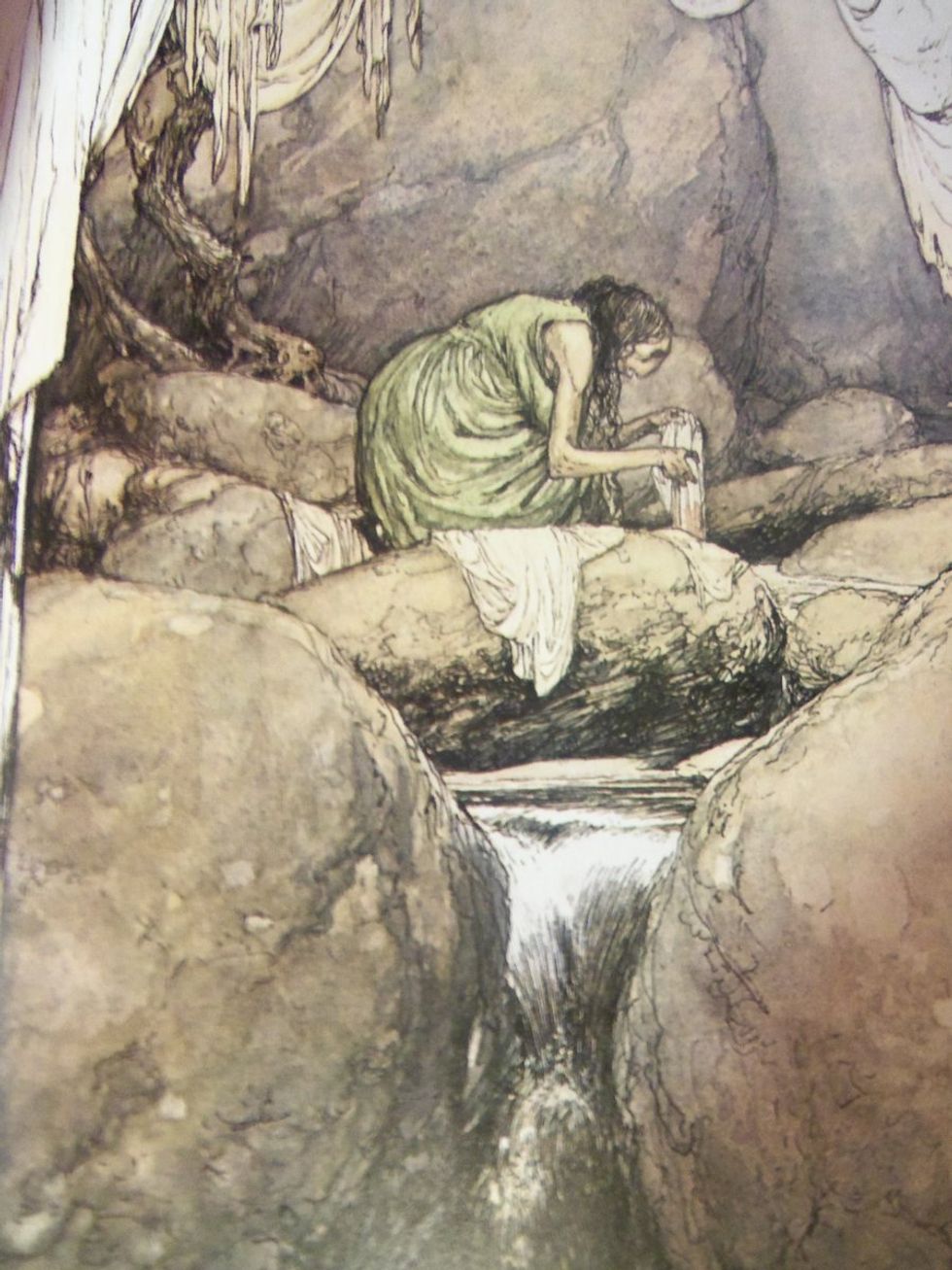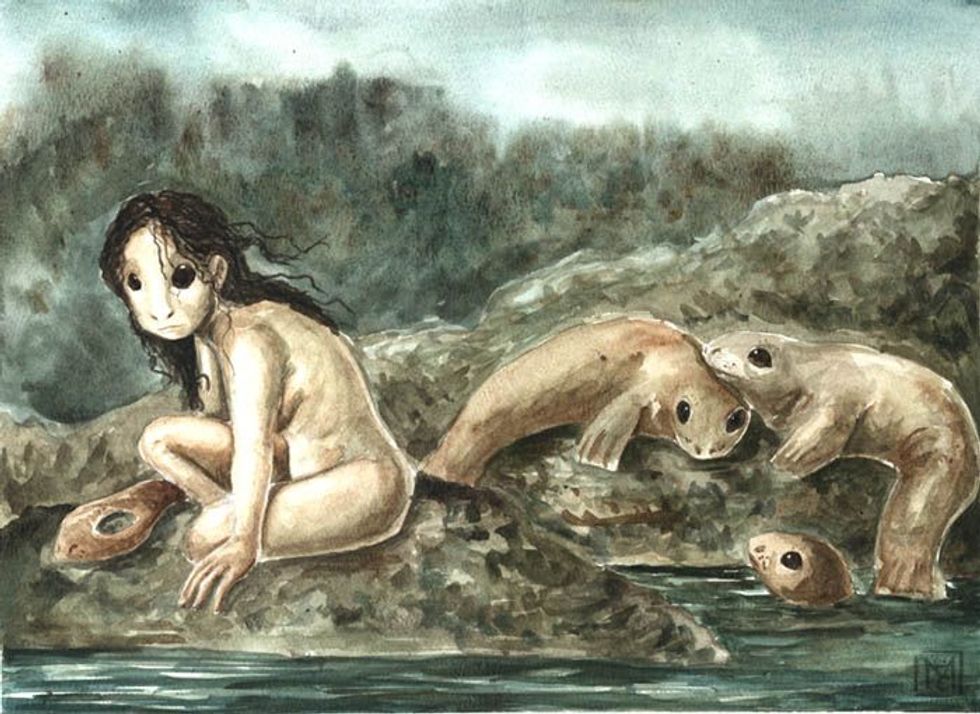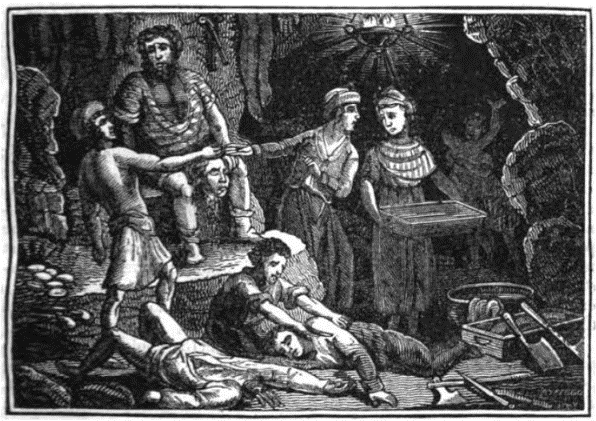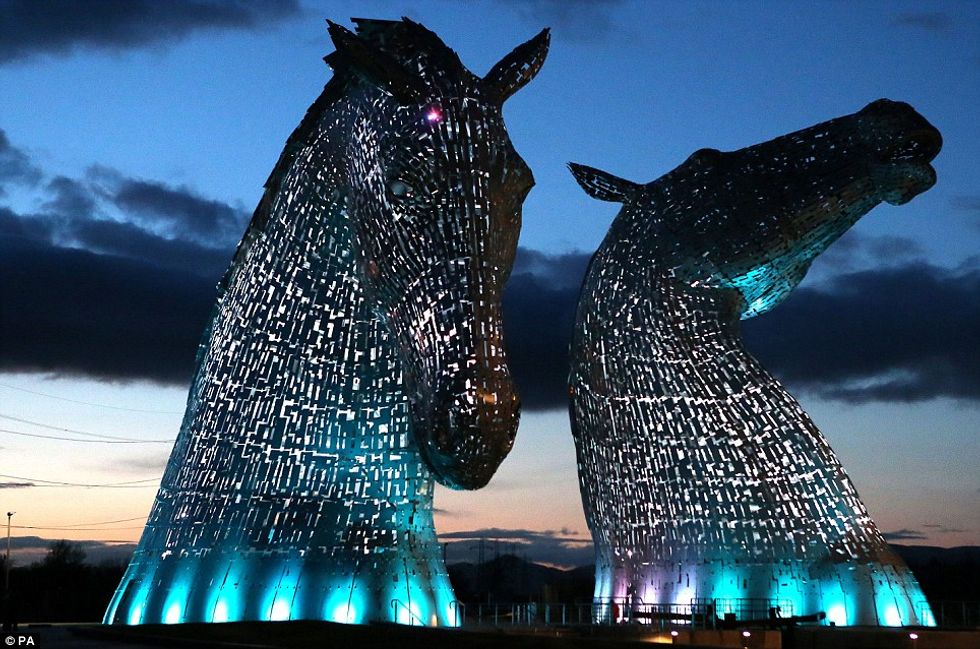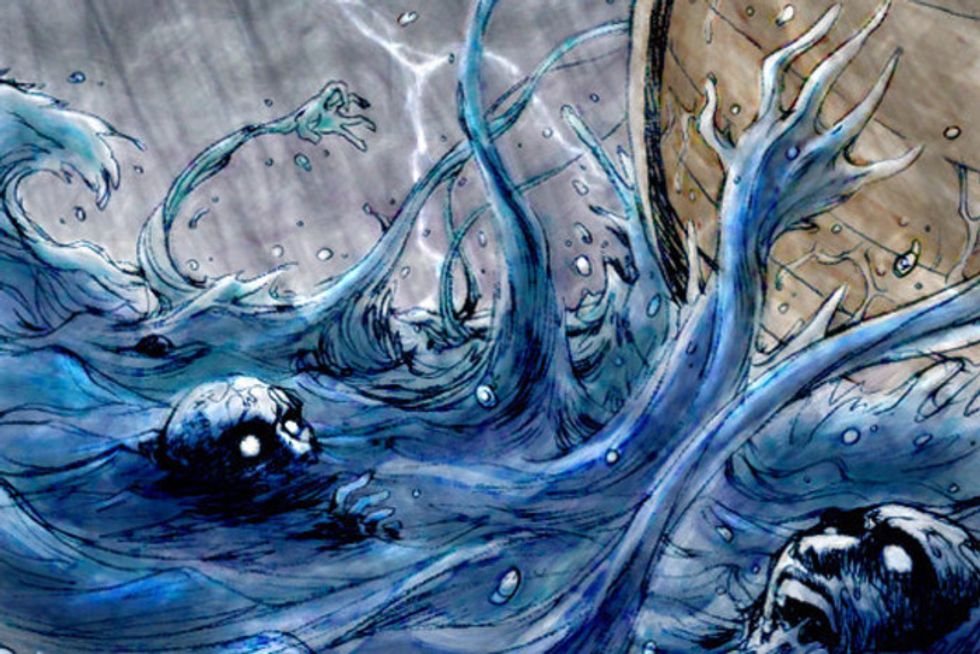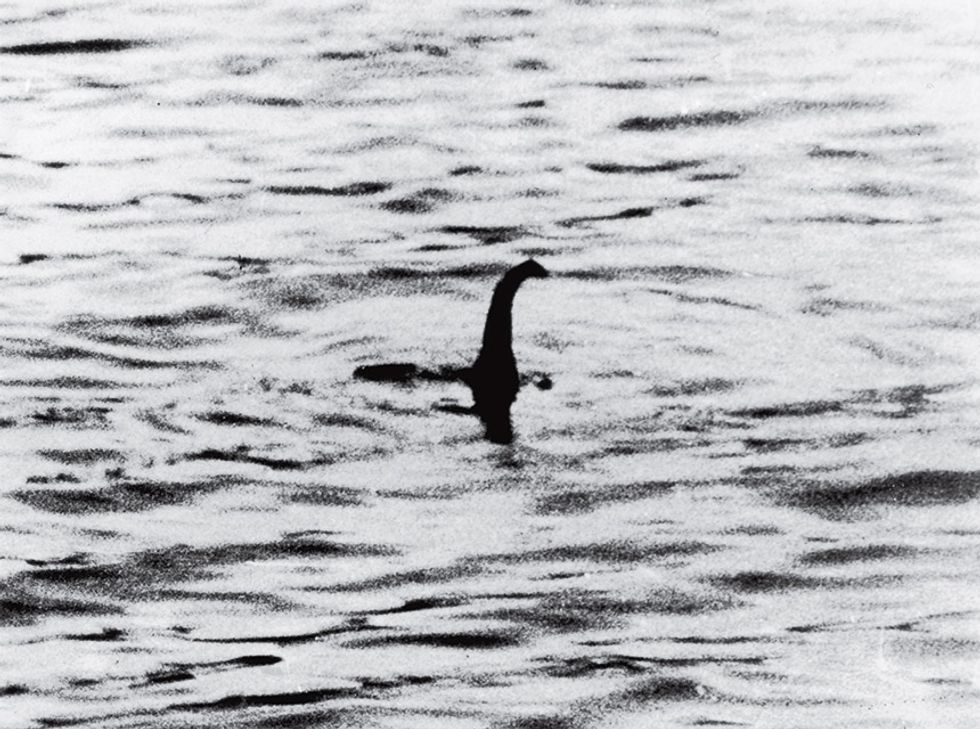Here are some of the myths and legends that visitors still hear whispered in the green rolling hills of Scotland.
Bean-Nighe
Bean-Nighe is the Scottish Gaelic for 'washer woman'. This is a Scottish fairy tale seen as an open of death. It is said she can be found by streams of pools washing the clothes of those who are about to die.
Selkie
Selkies are shape-shifting creatures that can fake the forms of seals and beautiful people. In some myths, they are gentle creatures that dance in the moonlight on beaches, but in others, they seek unsatisfied people to seduce whether they are married or not.
The Wulver of Shetland
Normally werewolves are horribly gruesome creatures that hunt humans in the night by the light of the full moon. However, the Scottish version is a bit different. The Wulver is said to have the head of a wolf and the body of a man. It is also a kind creature. The story has it, the Wulver even leaves fish on the windowsills of poor families' houses.
Sawney Bean
Nobody is sure if Alexander 'Sawney' Bean ever actually existed. And if he did, if he was really a cannibal. That's right you read correctly. Legend has it that, during either the 15th century or late 16th century, the Beans took up residence in a cave commonly believed to be Bennane Cave on the Ayrshire coast. As the family grew, some grandchildren were suspected to be the product of incest, he and his family are said to have eaten over 1,000 people. Eventually, the Bean family was chased off by locals and since then their whereabouts were unknown.
Kelpies
Kelpies can take the shape of beautiful horses that appear near rivers and lakes. They are said to be identifiable by their wet manes and are usually gray or white. It is said they are so beautiful that people cannot help but touch them and even climb onto their backs. At which point the Kelpies go back to the water, taking their riders down to a watery death.
The myth inspired these beautiful statues built in the Falkirk, Scotland countryside.
Merlin
Yes, yes, Merlin is mainly a Welsh-English story. But there is evidence that Merlin, the character or at least the person the character was based on, made it to Scotland at some point. In the early origins of Merlin's story, where fact and fiction are nearly impossible to separate, he mostly likely appears ar Myrddin the bard to Gwenddoleu, the king of Welsh-speaking territories of southern Scotland and northern England. In 573 A.D. Gwenddoleu is killed in battle and Myrddin, driven mad by grief and the carnage of the battle, leaves for the south of Scotland where his visions and predictions earn him a reputation. Eventually, this reputation catches the eye on one St. Kentigern, also known as St. Mungo. He and Myrddin met several times and the saint is stunned by his premonitions. In some versions of the story, Myrddin dies a gruesome bloody death, in others, he lives immortally. So who knows, if you wonder around the south of Scotland long enough you might just stumble across an ancient wizard.
Ghosts, Ghosts, and more Ghosts
One thing Scotland is not lacking in is ghosts stories. They have massacred families in Glen Coe, plague-ridden children in Edinburgh, mad witch hunts, and everything in between.
Storm Kelpies or the Blue Men of Minch
These blue skinned creatures are said to swim right below the surface of the water between Lewis and the Scottish mainland looking for boats to sink and sailors to drown. Some say the Blue Men live underwater in a clan system.
The origin of the Blue Men legend is unclear but is possibly has roots from Moorish slaves marooned in Ireland in the 9th century by Viking pirates and slave traders.
Loch Ness Monster
And of course, the Loch Ness Monster. Loch Ness is a long, narrow, lake, it is the second largest loch, or lake, with the surface aria in Scotland and the largest with sheer volume in Scotland. The fist sighting was in 565 A.D. by St. Columba. He had asked his servant to wade out into the lock to get his boat. His servant was half-way there when St. Columba saw a huge monster swimming towards the servant ready to attack. He stopped by telling it 'Go not further, nor touch the man! Go back!.' and the monster fled. Since then no reported sightings have been violent. Be careful though, with ever 'official' Nessie sighting there are three faked photos. And if you do choose to go to Loch Ness to look for the famed sea monster, be sure to enjoy the sights, it is a truly beautiful place.

